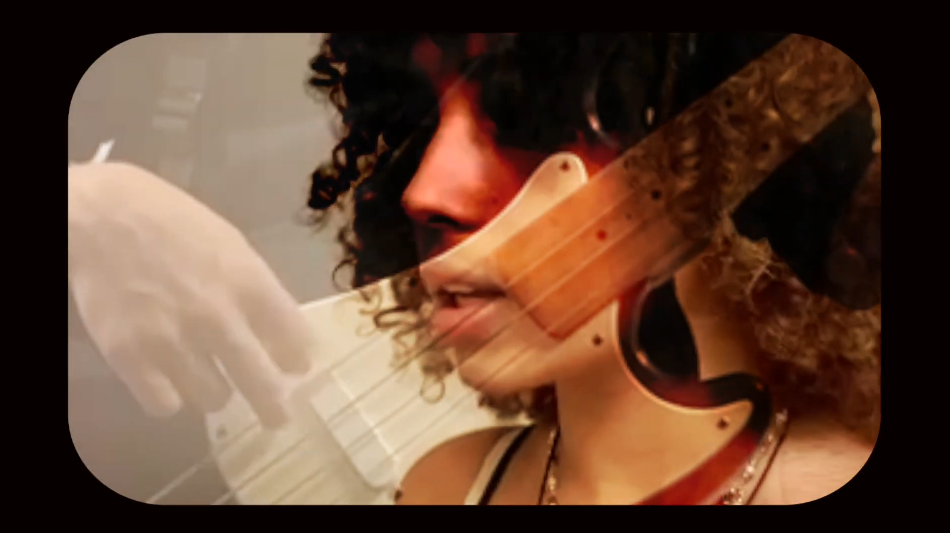Phase 1: Research
For every project we have been assigned this year. Ms. Stoklosa has STRONGLY suggested that we research. For this reason we were assigned case studies to fill out. We learned about the funk/pop genre through examples such as Silk Sonic and Kendrick Lamar. As we began to create our project, my group and I realized what a huge role the research would play in developing our own brand. We were able to use ideas from others making music in the genre and implement them into our campaign. We were able to support all of our decisions through our research and found ourselves constantly looking back at our chart.
Phase 2: Planning
Another technique Ms. Stoklosa has STRONGLY suggested is planning. I have always been a planner, so this was not a big deal to me. Once we were assigned a genre and had picked a song out of her music folder, we immediately began to plan our project. We created a Google Doc where we copy and pasted Ms. Stocklosa’s instructions and assigned tasks. We put an emphasis on creating a cohesive look for our brand, so we decided on a color scheme and a vibe. From there, we storyboarded a music video and decided on a production schedule… that we did not end up following. We all knew what we needed to get done for this project to be submitted on time, we just needed to do it.
Phase 3: Production
We wanted to ensure we had enough time to edit the video, so our main priority was filming it. We created a schedule where we would film a little everyday. Since it was a promotional music video, we needed a band. I was able to go into the band room and film my friends playing bass and drum set. We were able to incorporate this into the video, but we needed to find a star. My friend, Ana Sofia, volunteered and we got together with her to film her singing. We may have accidentally filmed her singing the wrong song… but at that point it was too late. We were able to edit the video to look old so as to try to cover our mistake, although it was still noticeable, we did our best. As for creating the presentation itself, that fell onto me. Most of my group members wrote their parts on the Google Doc and I designed the slides. For those who did not, I made their parts and told them what to say. The presentation was done by 10PM the night it was due and we were NOT ready to present the next day.
Phase 4: Presentation
The first day of presentations came around and there were group members who had not contributed any slides to the project, so we were stressing. We knew we should have practiced before, but due to a lack of collaboration this ended up not being possible. As the clock reached 2:30, we were saved! We knew we had an extra day before we had to present. We took this day to explain to those who did not collaborate as much what to say and scripted our presentation. We practiced individually, but not as a group. I would have liked to, but the group did not see the purpose. On the day of our actual presentation, a group member was missing. We did not know what to do, so we split her slides amongst each other and hoped for the best. The presentation went well, people seemed to like the theme. Our main critique was the audio not syncing to the music video, but we knew that was going to be our downfall.
Phase 5: Reflection
Overall, I am proud of the presentation we created. We learned the importance of collaboration and what happens when there is not enough of it. Next time, we should create a schedule with deadlines for ourselves, rather than simply distributing tasks, this will ensure we do not submit our project right before the deadline. This will be helpful to implement while creating my Cambridge portfolio project. I am excited to get started!









No comments:
Post a Comment